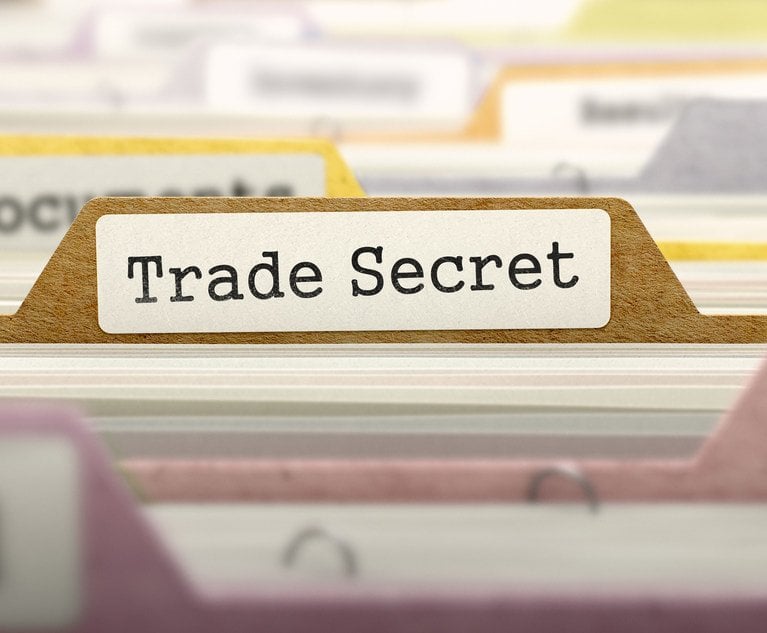 "We're seeing this at the state level all over the place and I think the FTC ban is going to go through," says Mary Guzman, founder and CEO of Crown Jewel Insurance. "I think this is going to be an absolute game changer for trade secrets and the risk around them." Credit: Tashatuvango/Shutterstock.com
"We're seeing this at the state level all over the place and I think the FTC ban is going to go through," says Mary Guzman, founder and CEO of Crown Jewel Insurance. "I think this is going to be an absolute game changer for trade secrets and the risk around them." Credit: Tashatuvango/Shutterstock.com
The New York legislature sent a bill to the governor's desk that would make it the fifth state to effectively ban noncompete agreements, while the Federal Trade Commission has also proposed a rule that bans noncompetes, which the commission contends "suppresses wages, hampers innovation and block entrepreneurs from starting new businesses."
Recommended For You
Want to continue reading?
Become a Free PropertyCasualty360 Digital Reader
Your access to unlimited PropertyCasualty360 content isn’t changing.
Once you are an ALM digital member, you’ll receive:
- Breaking insurance news and analysis, on-site and via our newsletters and custom alerts
- Weekly Insurance Speak podcast featuring exclusive interviews with industry leaders
- Educational webcasts, white papers, and ebooks from industry thought leaders
- Critical converage of the employee benefits and financial advisory markets on our other ALM sites, BenefitsPRO and ThinkAdvisor
Already have an account? Sign In Now
© Touchpoint Markets, All Rights Reserved. Request academic re-use from www.copyright.com. All other uses, submit a request to [email protected]. For more inforrmation visit Asset & Logo Licensing.







